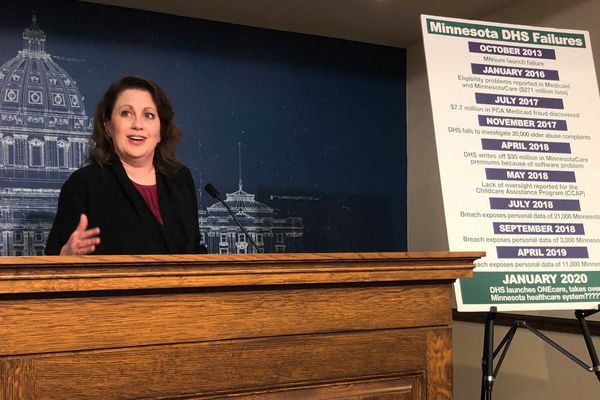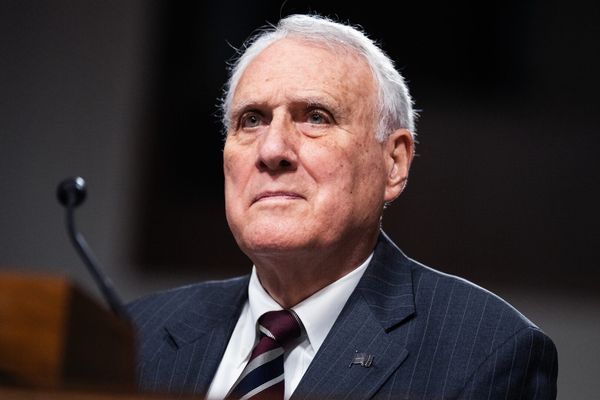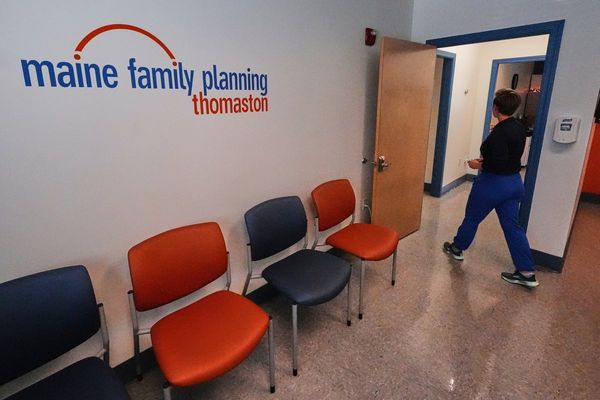SACRAMENTO, Calif. — Viral loads of the delta variant of coronavirus are similar between unvaccinated and vaccinated persons who are infected, as well as between symptomatic and asymptomatic cases, UC Davis and UC San Francisco researchers wrote in a recent study that aligns with similar findings from other research teams.
This does not mean that vaccinated people are as likely to spread COVID-19 as the unvaccinated, because the vaccinated are less likely to get infected in the first place. Vaccinated residents are also much less likely to grow severely ill or require hospitalization due to the virus, the researchers noted.
The research findings do, however, "underscore the continuing need for masking and regular testing alongside vaccination, especially in areas of high prevalence," the study's authors said, according to a Monday news release. The study is a preprint and has not yet been peer-reviewed.
UC Davis and UC San Francisco researchers surveyed 869 positive case samples: 500 gathered from testing in Yolo County and 369 from Unidos en Salud, a walk-up testing site in San Francisco's Mission District.
All 500 Yolo results were from asymptomatic tests; about three-quarters were unvaccinated. Of San Francisco samples, which included symptomatic and asymptomatic cases, 54% were unvaccinated.
"When they analyzed the data, the researchers found wide variations in viral load within both vaccinated and unvaccinated groups, but not between them," UC Davis officials wrote in a news release. "There was no significant difference in viral load between vaccinated and unvaccinated, or between asymptomatic and symptomatic groups."
"Our study adds to existing data about levels of virus in vaccine breakthroughs in two settings of high ongoing community prevalence of the delta variant," professor Richard Michelmore, director of the UC Davis Genome Center, said in a statement.
U.S. Centers for Disease Control and Prevention officials in late July returned to recommending face coverings regardless of vaccination status in areas with "substantial" or "high" rates of COVID-19 transmission. Director Dr. Rochelle Walensky in a statement called findings related to high viral loads in vaccinated breakthrough cases a "pivotal discovery" leading to that updated recommendation.
Samples in the UC Davis research were collected between June 17 and Aug. 31, a period in which the delta variant was the dominant strain and in which both counties fell under the CDC's definition of high transmission (more than 100 weekly cases per 100,000 residents).
San Francisco has since dropped to substantial transmission (between 50 and 100 per 100,000) while Yolo, like most counties across the U.S., remains in high transmission status, a CDC map shows.
"Transmission will be influenced by several factors, not just vaccination status and viral load," Michelmore advised. Other potential factors may include community case rates, immune system status, time elapsed since vaccination and which vaccine was received.
Michelmore said it remains very important to get vaccinated, but that "you should not assume that because you are vaccinated you cannot get infected or transmit the disease to others" and stressed the importance of masking, according to the UC Davis news release.
California dropped its mask mandate for the fully vaccinated June 15, the same day it dropped many of its other pandemic restrictions. Following the CDC's updated recommendations in July, the state health department recommended — but did not require — indoor masking in areas with high COVID-19 case rates.
However, counties combining for more than half the state's population returned to indoor mask mandates over summer, as the delta variant fueled a steep surge in cases and hospitalizations.
Yolo and Sacramento returned to mask requirements within days of the CDC update; San Francisco and most of the rest of the Bay Area did so the following week.
But with COVID-19 numbers improving in recent weeks, some are considering ending their local mask orders in the near future; at least one Northern California county has already done so.
Sacramento County health officer Dr. Olivia Kasirye said last week that the order will likely end when the county drops to about five daily cases per 100,000. That would be near the middle of the "moderate" range on the CDC's scale, one step below substantial. Sacramento last reported its daily case rate at 16 per 100,000.
Yolo County in its July order requiring indoor masking said the mandate will end once Yolo's daily case rate falls below two per 100,000 for seven consecutive days. Yolo last reported its rate at 18 per 100,000.
Colusa, a small rural county just north of Yolo, lifted its indoor mask mandate last Friday, even as it remains in substantial transmission with a daily case rate near 11 per 100,000, state data show.







